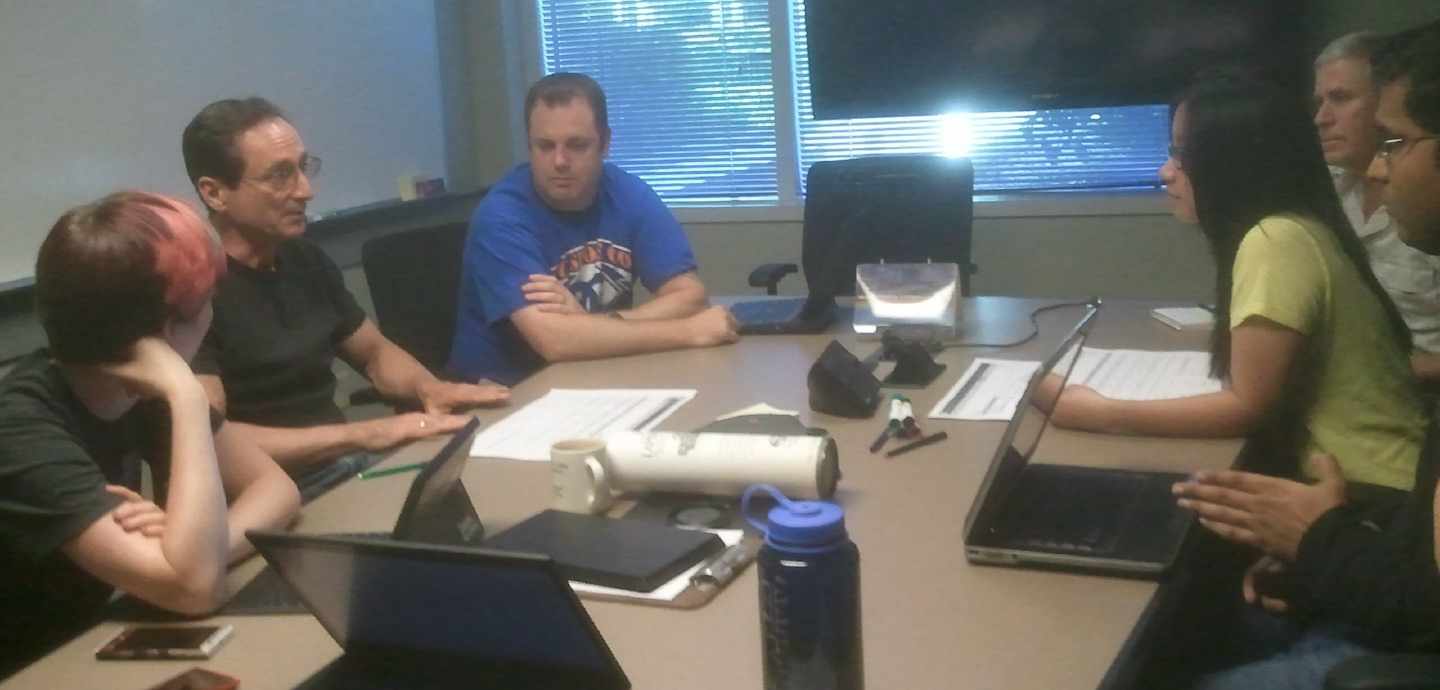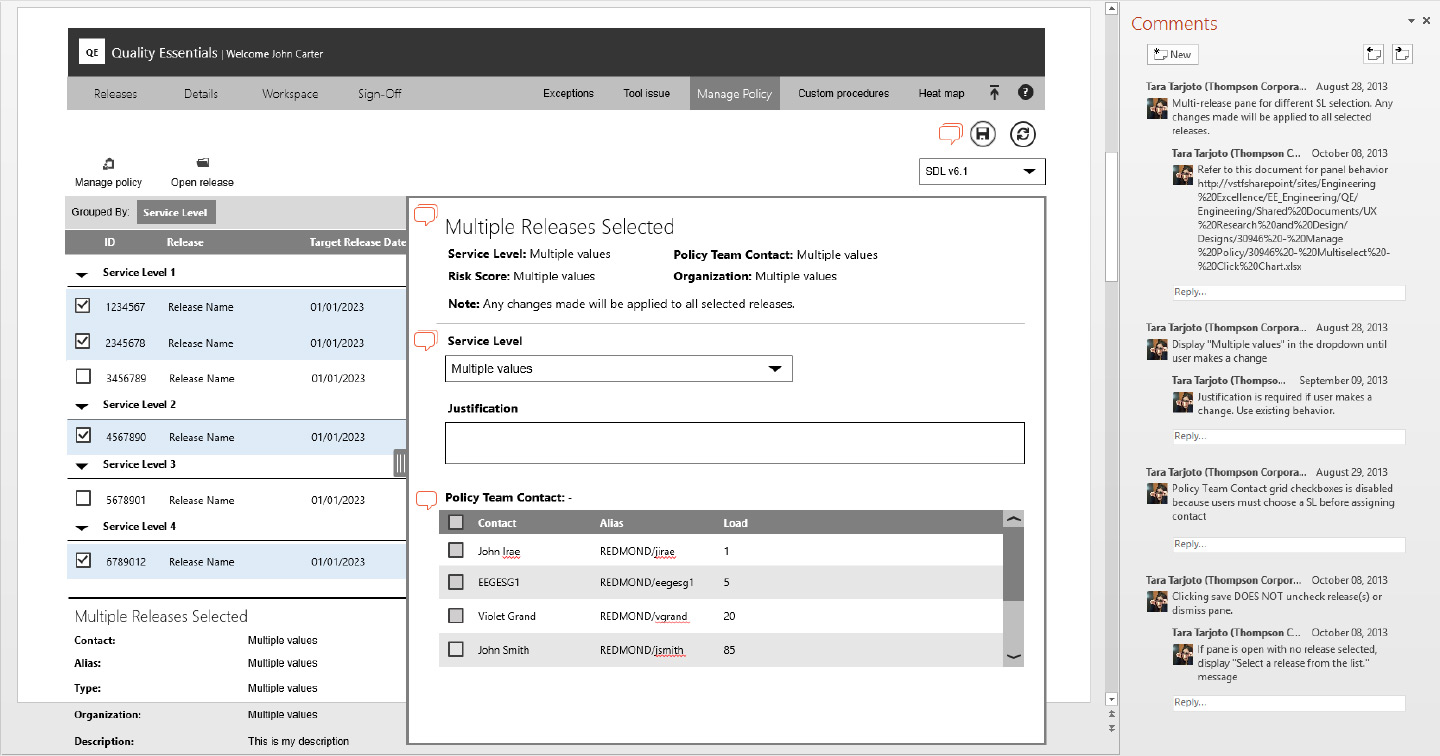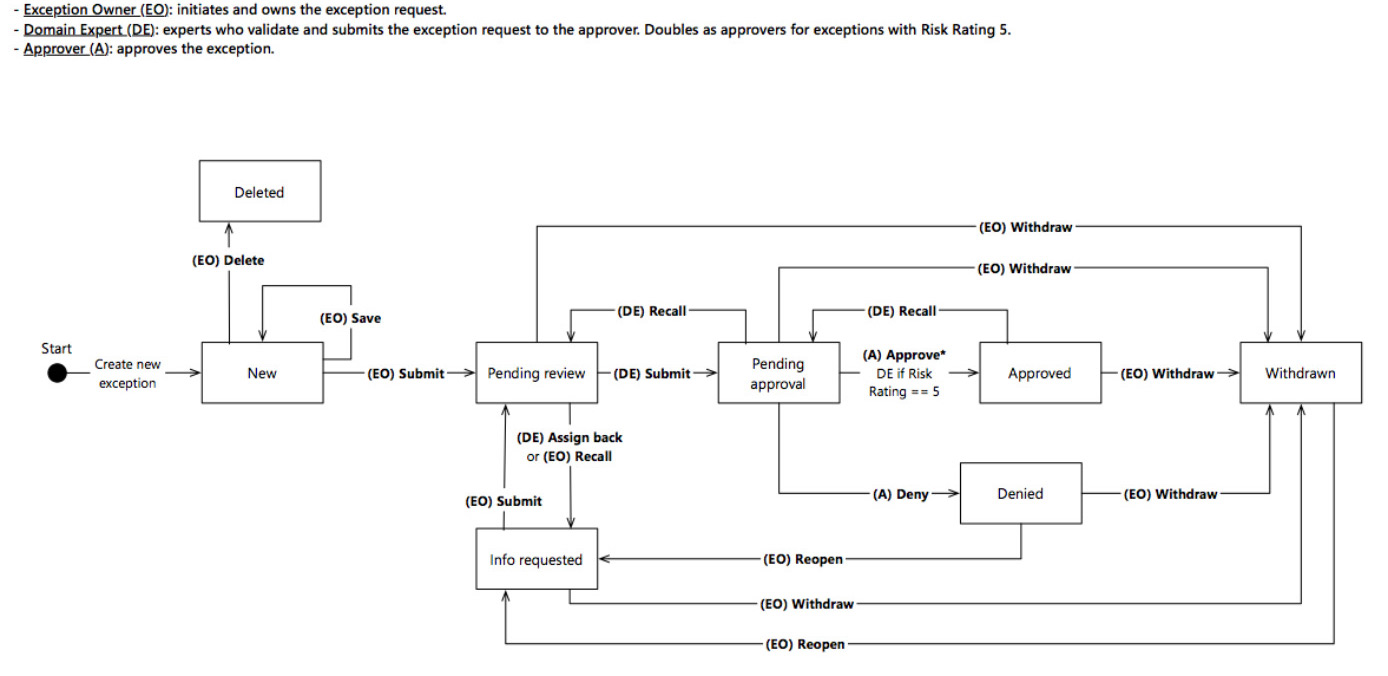Solution
Speak the same languagePrior to the start of the first sprint, all members of the team—from product owners, to designers, all the way to QA Engineers—took part in a week-long Agile and Scrum training. The courses covered everything from core concepts of agile development to story writing and backlog management. Most importantly, it also covered the concept of minimum viable product which ultimately allowed the entire team to iterate and pivot more quickly. The were also several people designated as "helpers" who received more in-depth training who provided additional guidance for the broader team.
Train by doingBeginning with one project manager, we began engaging members of the scrum teams in our ideation sessions. A typical session begins with narrowly defining the problem, followed by group sketching a minimum of 5 possible solutions, and then listing pros and cons for each of them. The solution that has the most pros and least cons is the one taken further into evaluation and development. As more and more people become comfortable with this method, they began using it unprompted which frees is design time.
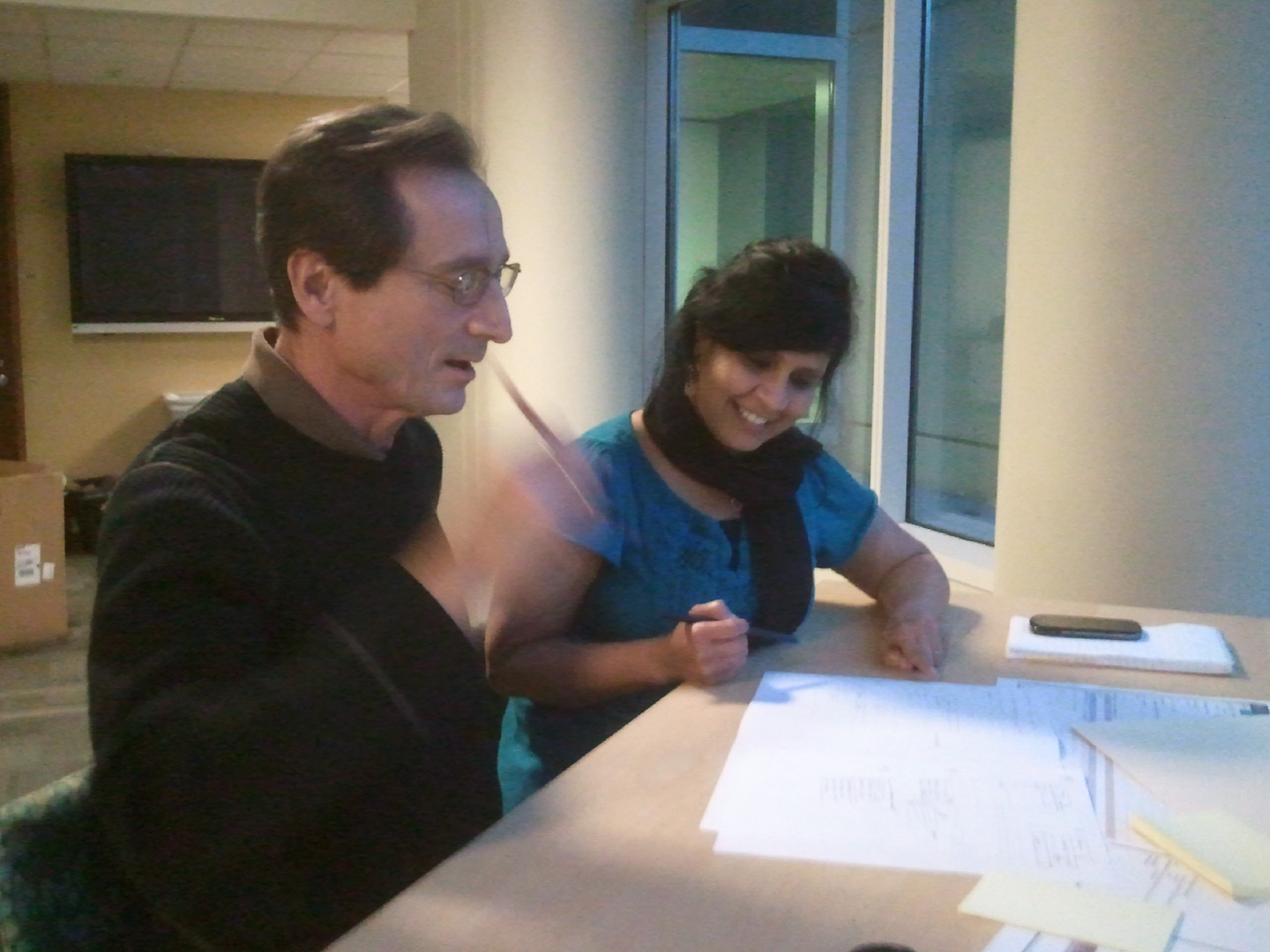
By the time I joined the team, there was already a style guide and user experience tenets in place. By arming the teams with these guides and the ideation method described above, it puts some of the design expertise in their hands.
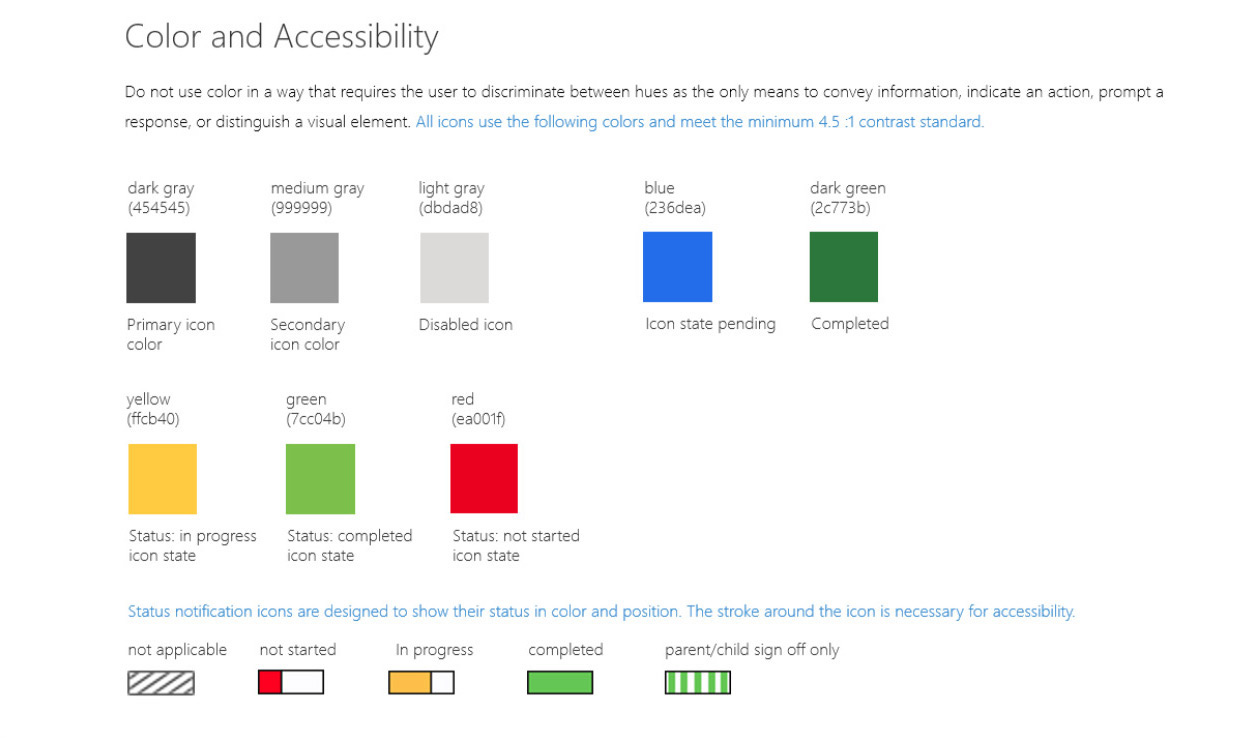
The first tier, is the scrum team itself. When they need help, they turn to me and I, in turn, turn to my research partner as needed. This frees the researcher up to do more long term user research and design explorations to help shape the direction of the product.
